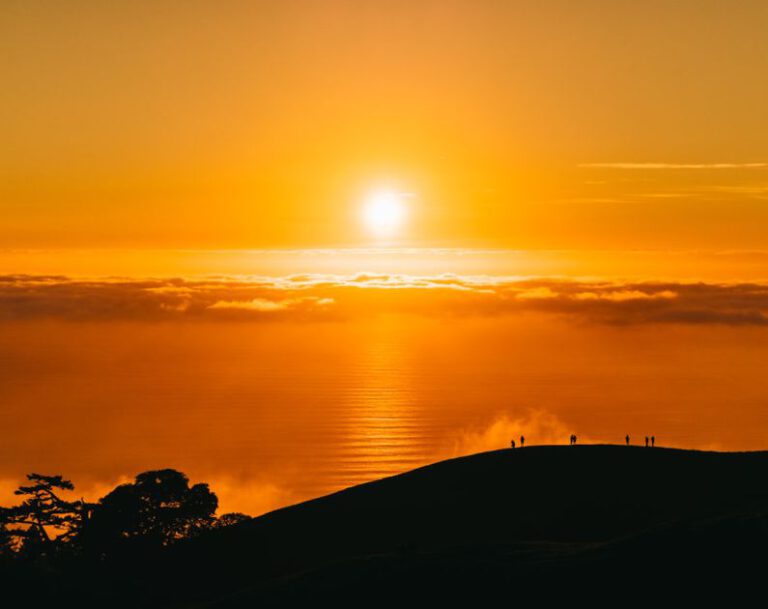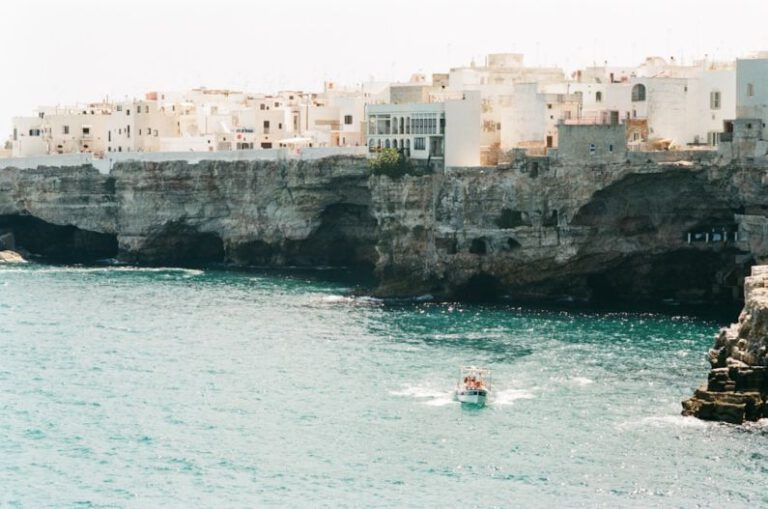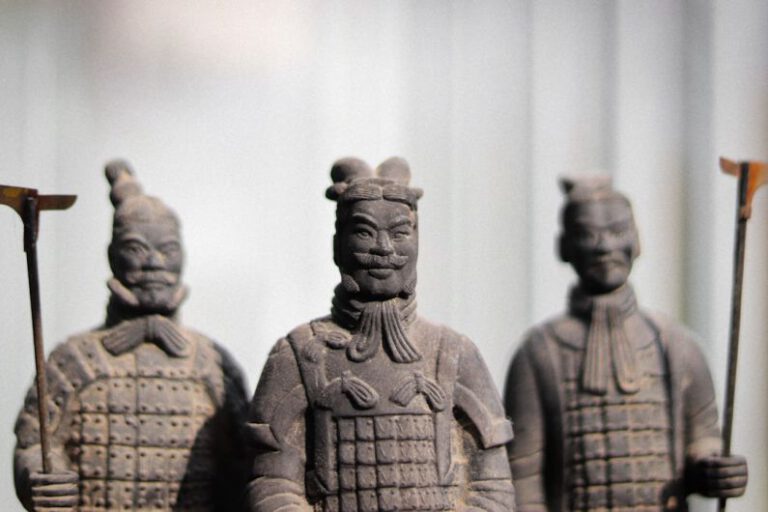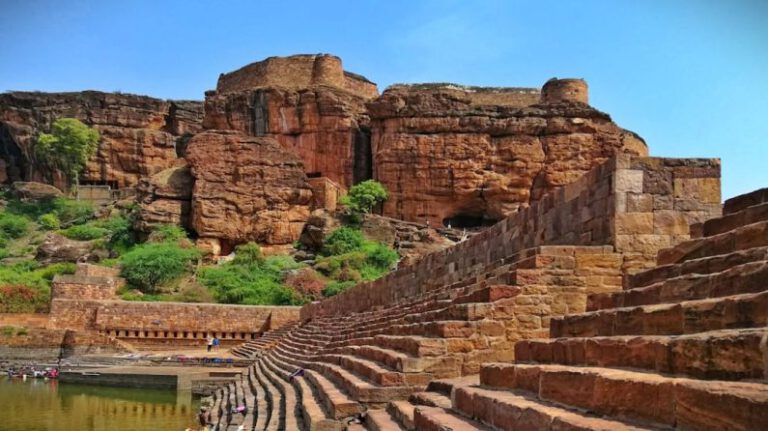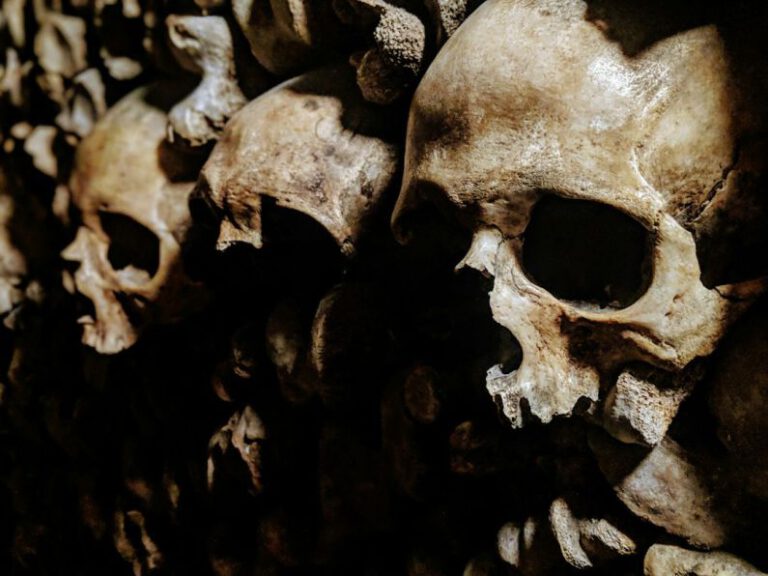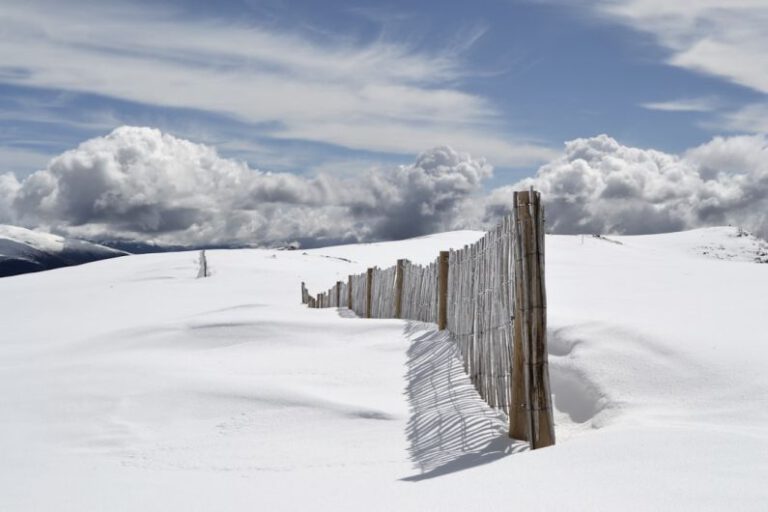What History Do the Dancing Men of Rock Shelters of Bhimbetka, India Sing Of?
Nestled within the rocky terrain of central India lies the ancient treasure trove of Bhimbetka, a site that whispers tales of human existence dating back thousands of years. The rock shelters of Bhimbetka, recognized as a UNESCO World Heritage Site, are adorned with vibrant prehistoric art that offers a captivating glimpse into the lives and cultures of our ancestors. Among the myriad motifs and figures depicted on these rock walls, the enigmatic Dancing Men stand out as particularly intriguing subjects that continue to pique the curiosity of archaeologists, historians, and art enthusiasts alike.
Unraveling the Mysteries of the Dancing Men
The Dancing Men, a recurring motif in the rock art of Bhimbetka, depict human-like figures engaged in various dynamic and rhythmic movements. These ancient depictions, rendered in red ochre and white pigment, showcase the fluidity and grace of the dancers as they seem to come alive on the rock canvases. The precise meaning and significance of these Dancing Men remain shrouded in mystery, inviting speculation and interpretation from experts in the field.
Archaeologists and anthropologists have proposed several theories regarding the possible interpretations of the Dancing Men of Bhimbetka. Some suggest that these figures could represent ritualistic dances performed as part of ancient ceremonies or celebrations, possibly linked to fertility rites or religious practices. Others speculate that the dances depicted in the rock art may have served as a form of storytelling or symbolic communication, conveying narratives or messages through movement and gesture.
Exploring Cultural Expressions Through Art
The rock art of Bhimbetka provides valuable insights into the cultural expressions and artistic traditions of the early inhabitants of the Indian subcontinent. Through the intricate motifs, vibrant colors, and stylized representations found in these ancient compositions, we are offered a glimpse into the creative minds and imaginative capabilities of our ancestors. The presence of the Dancing Men among the diverse imagery at Bhimbetka adds another layer of complexity to our understanding of prehistoric art and its role in shaping human experiences.
The significance of the Dancing Men extends beyond their aesthetic appeal, serving as a testament to the importance of dance and movement in ancient societies. Dance has long been recognized as a universal form of expression, transcending linguistic and cultural barriers to convey emotions, stories, and beliefs. The depiction of dancers in the rock art of Bhimbetka underscores the enduring relevance of dance as a powerful means of communication and cultural preservation.
Interpreting the Legacy of the Dancing Men
As we contemplate the meaning and legacy of the Dancing Men of Bhimbetka, we are reminded of the rich tapestry of human history woven into the fabric of these ancient rock shelters. The enigmatic figures captured in motion on the rock walls invite us to ponder the rituals, traditions, and beliefs of the past that continue to resonate with us today. In their timeless dance, the Dancing Men of Bhimbetka beckon us to delve deeper into the mysteries of our shared heritage and embrace the enduring spirit of creativity and expression that transcends time and space.
In Conclusion: Echoes of the Past, Inspiration for the Future
The Dancing Men of the rock shelters of Bhimbetka, India, stand as silent witnesses to the passage of time, their graceful forms echoing across millennia to inspire wonder and curiosity in present-day observers. As we contemplate the intricate beauty and enigmatic symbolism of these ancient figures, we are reminded of the enduring power of art to transcend barriers and connect us to our shared human heritage. The Dancing Men of Bhimbetka may continue to dance across the rock walls, but their legacy lives on in the hearts and minds of those who seek to unravel the mysteries of the past and draw inspiration for the future.

